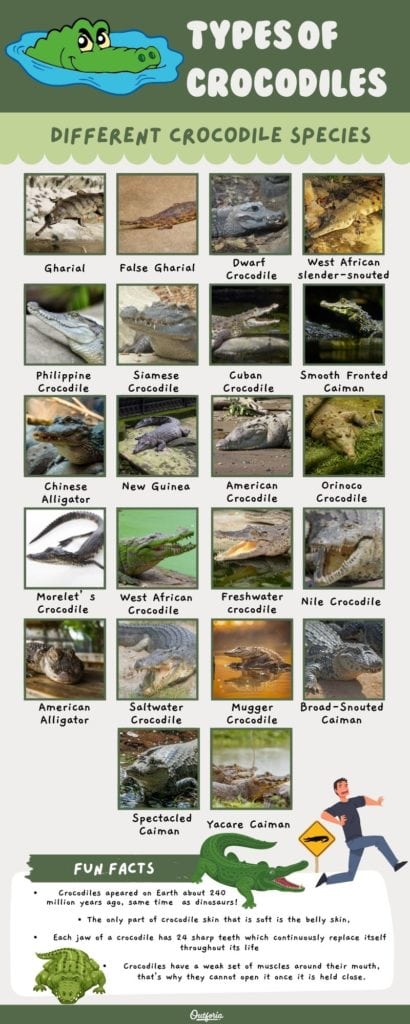Talbotiella gentii
Talbotiella gentii is a medium-sized tree belonging to the Fabaceae family, specifically within the subfamily Caesalpinioideae. This species is notable for its ecological significance and the conservation challenges it faces. Talbotiella gentii is a remarkable species that exemplifies the rich biodiversity of Ghana's forests. However, its critically endangered status underscores the urgent need for conservation efforts to ensure its survival. Protecting this species not only helps preserve a unique part of Ghana's natural heritage but also supports the broader ecological community that relies on these forests
Morphology
- General Habit: Talbotiella gentii typically grows to about 20 meters (approximately 65 feet) tall, characterized by a heavy foliage structure.
- Leaves: The leaves are pinnate, with leaflets that can range from nanophyll to microphyll in size.
- Flowers: The tree produces profuse flowers that are pink and white in color. These flowers are scented, although no specific animal pollinators have been observed interacting with them (Addo-Fordjour et al., 2021).
Anatomy
- Reproductive Anatomy: The reproductive structures of Talbotiella gentii have been studied, revealing that the stigmatic surface can be affected by fungal infections, which may reduce its reproductive potential (Belford et al., 2024). This aspect is critical for the species' survival, given its already limited population.
Taxonomic Classification
- Kingdom: Plantae
- Clade: Angiosperms
- Clade: Eudicots
- Clade: Rosids
- Order: Fabales
- Family: Fabaceae
- Genus: Talbotiella
- Species: Talbotiella gentii
Habitat
- Geographical Range: This species is endemic to Ghana, primarily inhabiting dense forest areas.
- Environmental Conditions: Talbotiella gentii thrives in moist, tropical climates and is often found in near-monospecific habitats. However, its natural range has been severely impacted by human activities, including agriculture and urban development (Wikipedia, 2023).
Conservation Status
- IUCN Status: Talbotiella gentii is classified as Critically Endangered on the IUCN Red List, reflecting the severe threats it faces due to habitat loss and degradation (Conservation of the Critically Endangered Endemic Talbotiella gentii, 2021).
- Threats: The primary threats include: Deforestation: Clear-cutting for agriculture and urban expansion. Wildfires: These can devastate the limited habitats where the species exists. Overexploitation: Unsustainable harvesting practices further threaten its survival.
- Conservation Efforts: Various organizations, including the Ghana Wildlife Society, are actively working to protect this species through habitat restoration and monitoring efforts.
Additional Facts
- Cultural Significance: In local contexts, Talbotiella gentii is known as takorowanua in the Akan language, highlighting its importance in the region.
- Ecological Role: As a forest tree, it plays a vital role in maintaining the ecological balance, providing habitat for various species and contributing to the overall health of the forest ecosystem.
References
- Addo-Fordjour, P., Anning, A. K., Belford, E. J. D., & Akonnor, D. (2021). Conservation of the Critically Endangered Endemic Talbotiella gentii.
- Belford, E. J. D., Addo-Fordjour, P., & Akonnor, D. (2024). Reproductive biology of the critically endangered tropical tree Talbotiella gentii.
- Wikipedia. (2023). Talbotiella gentii.
- Kew Bulletin. (2010). A revision of the genus Talbotiella Baker f. (Caesalpinioideae: Leguminosae), 65(3), 401-420.








No comments:
Post a Comment